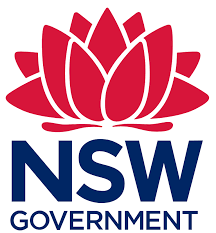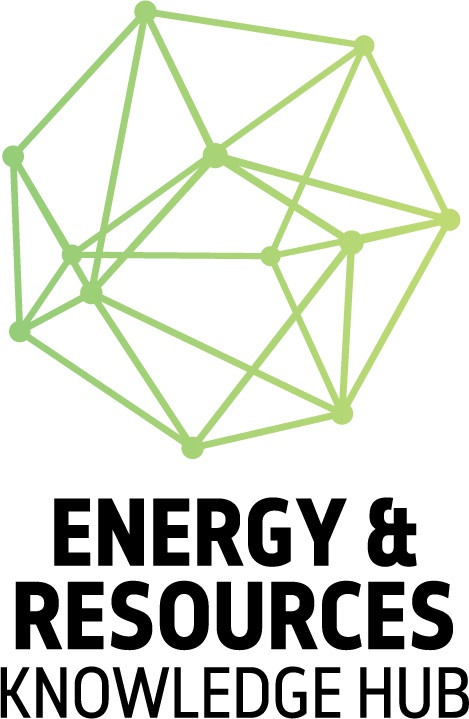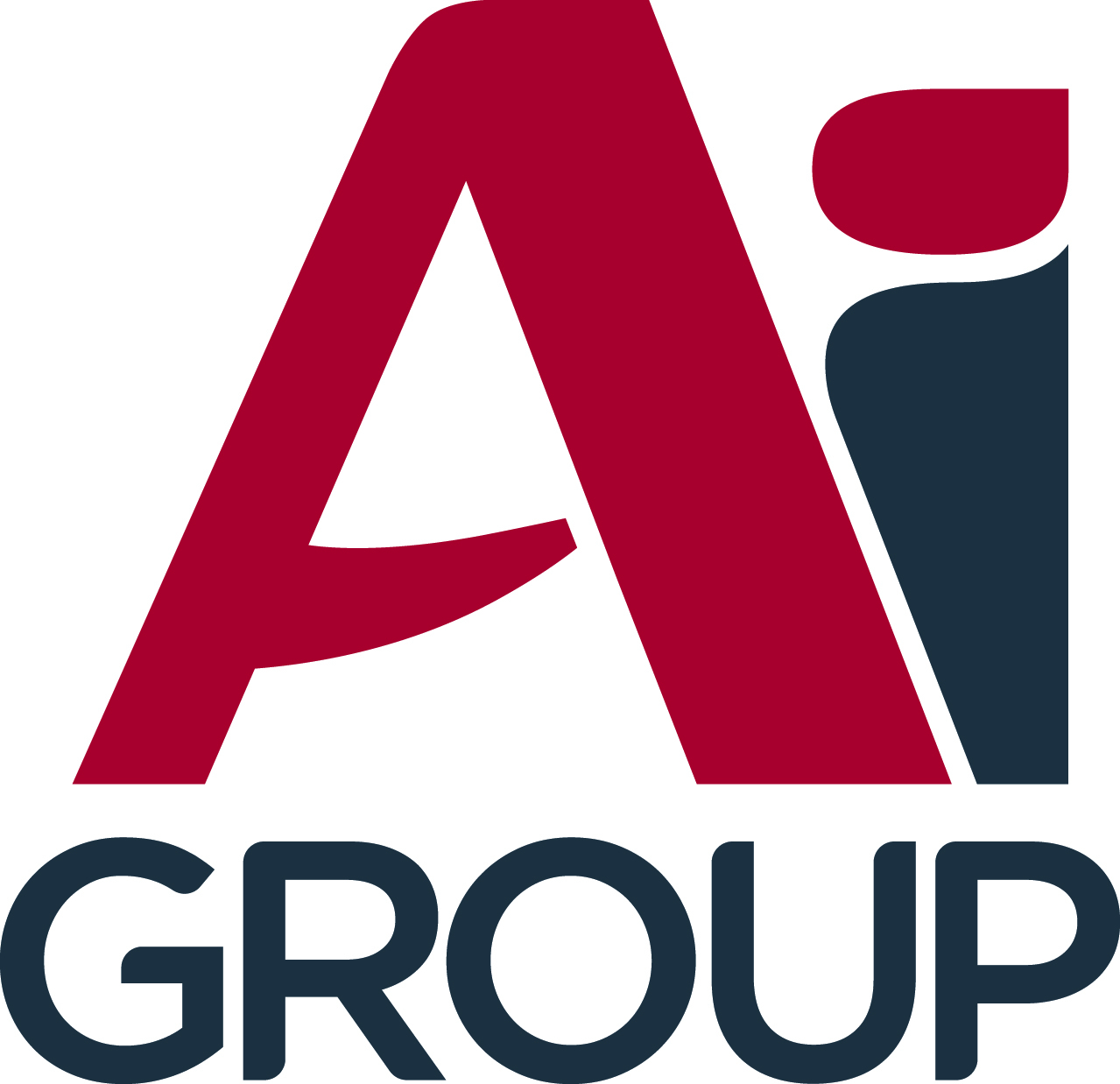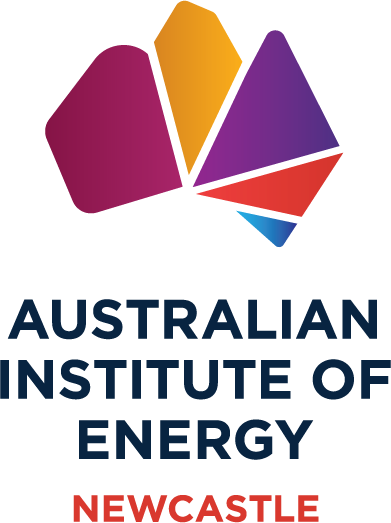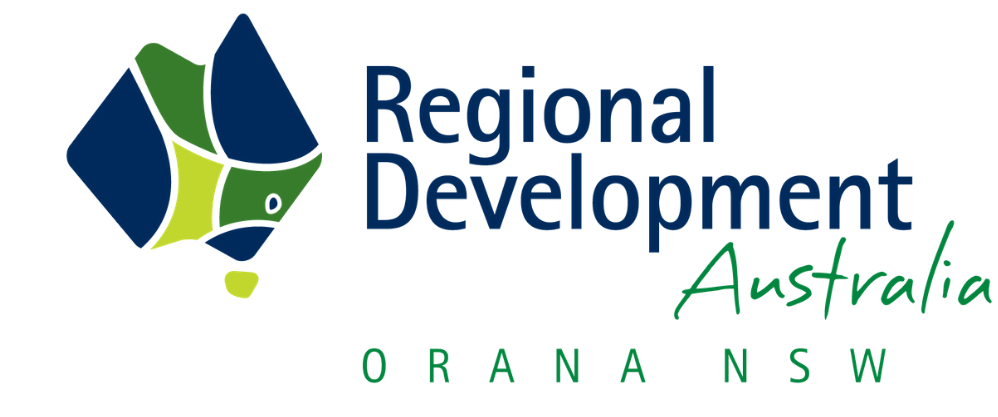Viva Energy release future vision for Geelong Hydrogen Mobility Hub
Viva Energy has unveiled artist renderings of their upcoming publicly accessible hydrogen refuelling and electric vehicle (EV) charging facility, set to be built at the Viva Energy Hub in Geelong
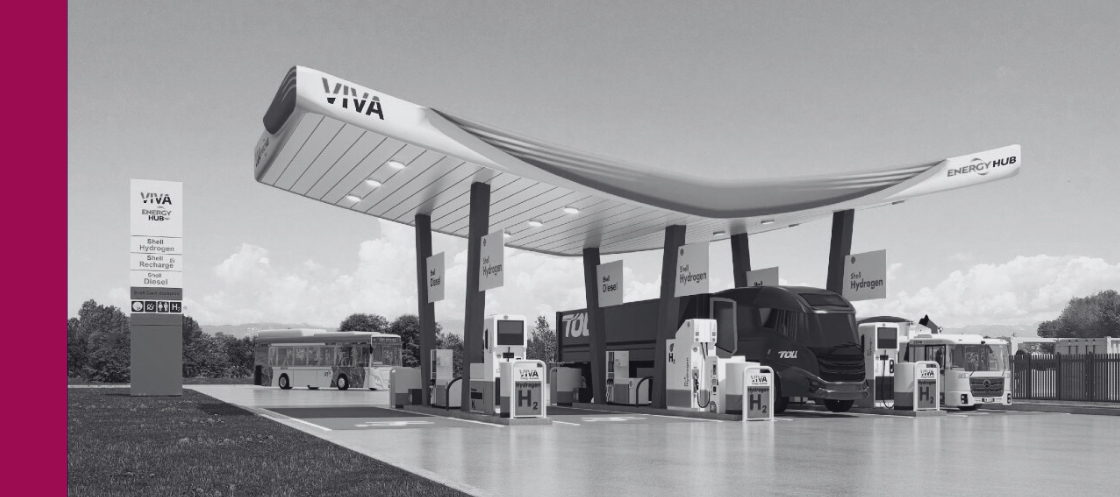
Australian fuel company Viva Energy has released artist renderings for its upcoming hydrogen mobility hub in Geelong. The facility will offer renewable hydrogen refuelling and ultra-fast EV charging stations to support a variety of heavy-duty vehicles, including those used in road freight, public transport, and waste management.
Alongside hydrogen refuelling, The Viva Energy Hub, backed by a $34 million grant from the Australian Renewable Energy Agency (ARENA) and $1 million from the Victorian Government, will offer ultra-fast EV charging in drive-through truck bays, catering to the growing number of battery electric vehicles (BEVs) that are larger than standard passenger cars.
Renewable hydrogen will be produced using a 2.5 MW electrolyser powered by renewable energy, with up to 1000 kg of hydrogen generated daily. The facility will also utilise recycled water from Barwon Water’s Northern Water Plant, further lowering the environmental impact of the operation. Viva Energy notes that the hydrogen produced will help reduce the carbon footprint of heavy vehicles in industries such as freight, public transport, and municipal services.
The Hub is scheduled to commence operations in early 2025. Viva Energy has partnered with several major companies, including ComfortDelGro Australia (CDC), Toll Group, Cleanaway Waste Management, and Barwon Water, to demonstrate how hydrogen and EV charging can work together to support the shift towards lower-emission transport.
"Our project brings together a diverse fleet of hydrogen vehicles, demonstrating their application in everyday operations such as road freight, public transport, municipal waste management, water treatment, and general fleet," Viva Energy said.
In addition to the hydrogen project, Viva Energy remains committed to supporting the energy transition with plans to reduce emissions across its operations. The company has set a target for net zero emissions in its non-refining operations by 2030 and aims to achieve net zero across all operations by 2050.
The facility, with development approval received in January 2024, is expected to begin operations in early 2025, showcasing the potential for hydrogen and renewable energy to contribute to cleaner, more sustainable transport solutions in Australia.




